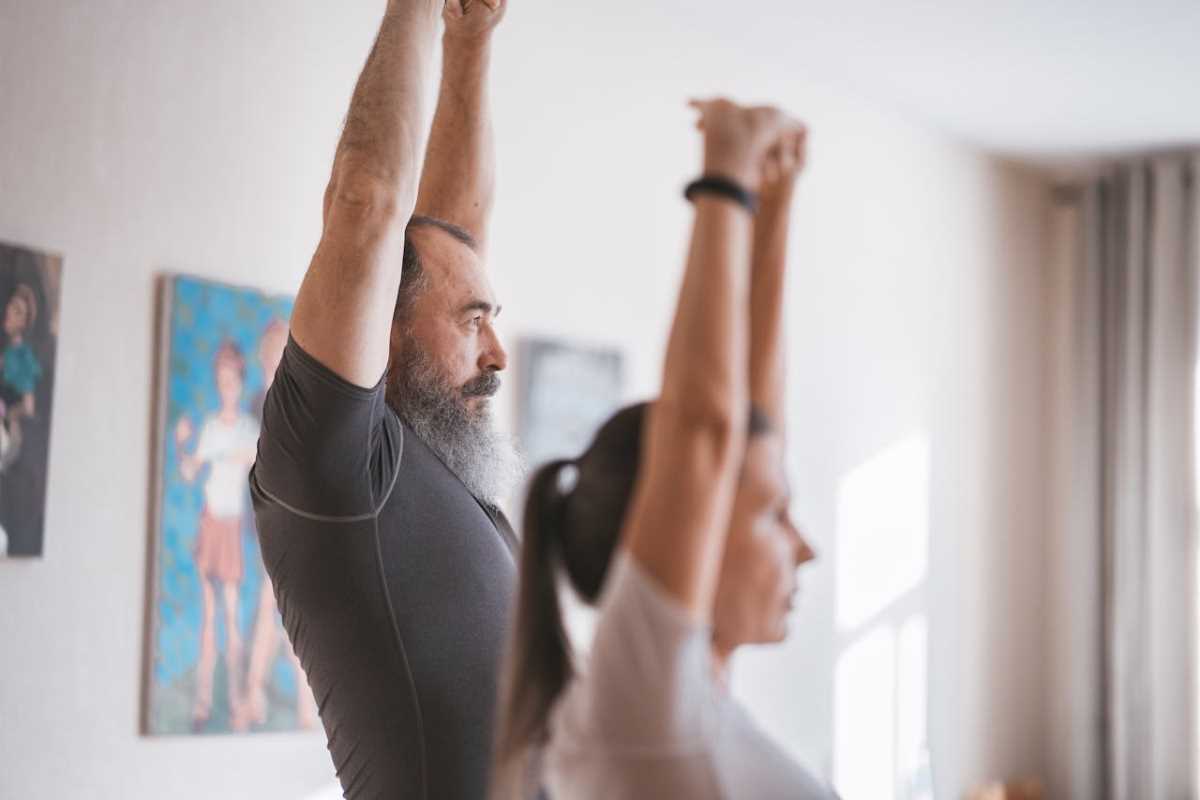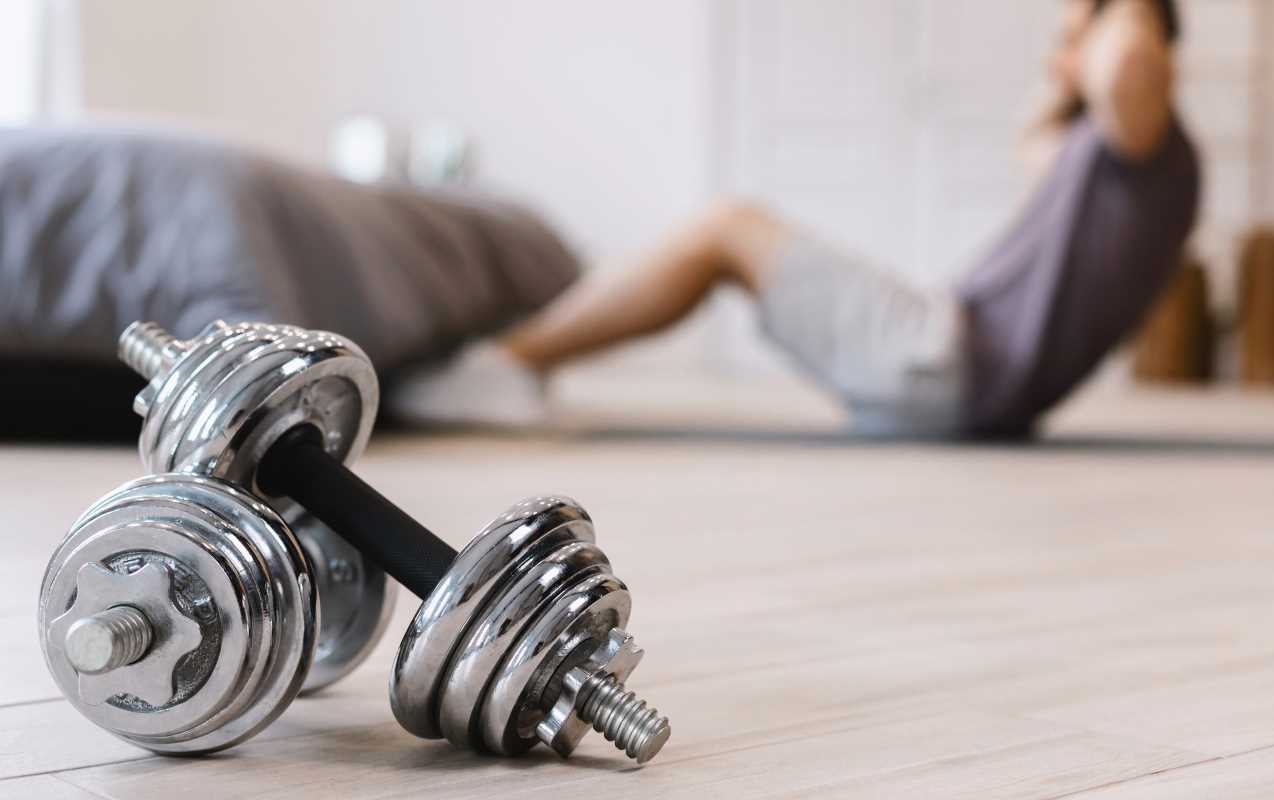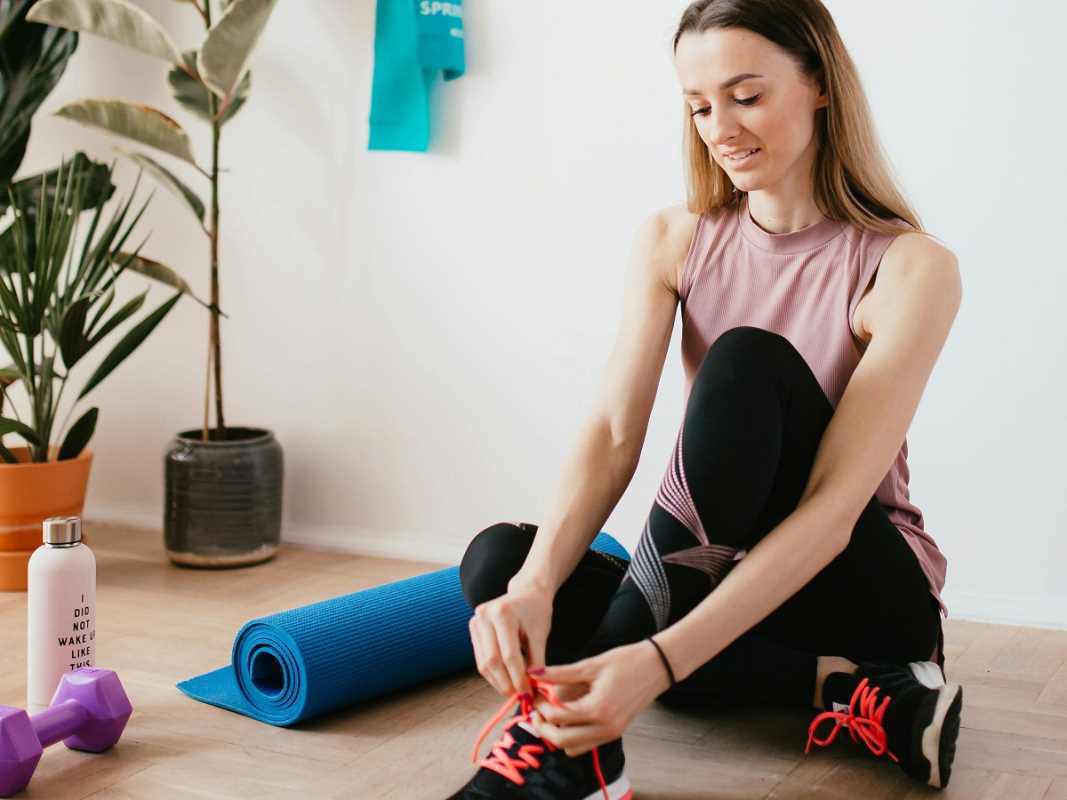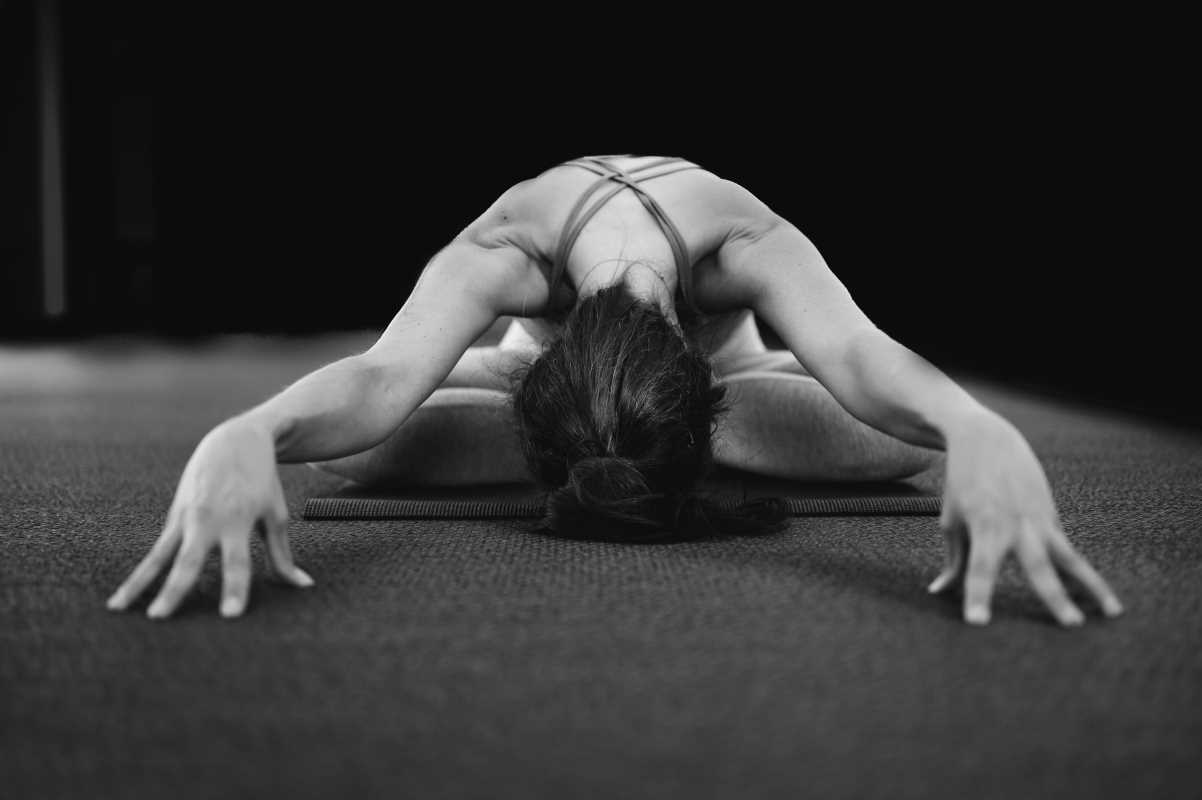When it comes to home workouts, resistance bands are a total game-changer. These stretchy little tools might not look like much, but don't be fooled—they pack a serious punch when it comes to boosting your fitness routine. They’re affordable, easy to use, and versatile enough to support everything from strength training to rehabilitation. Whatever your fitness level, resistance bands can help you crush your goals without the need for a pricey gym membership.
Why Resistance Bands Are the Ultimate Workout Tool
Resistance bands offer something for everyone, no matter where you are in your fitness journey. Here's why they deserve a spot in your home workout kit:
1. Affordable and Accessible
Fitness equipment can easily burn a hole in your wallet, but resistance bands? They're one of the most budget-friendly investments you can make. A quality set usually costs less than dinner for two, making them an accessible option for nearly everyone.
2. Super Versatile
One of the best things about resistance bands is how many ways you can use them. Whether you’re into strength training, stretching, or rehab, these bands can adapt to your needs. From working your glutes to toning your arms, no muscle group gets left behind.
3. Compact and Portable
Unlike bulky gym machines, resistance bands are light, compact, and easy to store. You can stash them in a drawer or toss them in your bag, making them perfect for small spaces or taking on the go. Whether you're working out in your living room or a hotel room, resistance bands have got your back.
4. Great for All Fitness Levels
Whether you're just starting out or you’re a seasoned fitness pro, resistance bands can fit right into your routine. They offer different levels of resistance—light, medium, heavy—so you can choose the level that matches your goals. And as you get stronger, simply switch to a thicker band.
5. Safe and Joint-Friendly
If high-impact workouts leave you feeling sore or injured, resistance bands are a gentler option. They're low-impact and help protect your joints while still giving you a solid workout. That makes them especially helpful for people recovering from injuries or dealing with joint pain.
How to Use Resistance Bands in Your Workouts
Not sure where to start? Resistance bands can be used for all kinds of exercises to target different areas of your body. Here are a few ideas to get you moving:
Upper Body
- Bicep Curls: Step on the band, grip the handles, and curl your arms upward to sculpt those biceps. Adjust the resistance by shortening or lengthening the band.
- Tricep Extensions: Anchor the band at your chest or on a sturdy object. Extend your arms backward to target your triceps and tone the back of your arms.
Lower Body
- Squats: Loop the band above your knees to provide extra resistance as you squat. Bonus? It also helps activate your glutes.
- Lateral Band Walks: Place the band around your thighs or ankles and step side-to-side. This move fires up your hips and improves stability.
Core
- Woodchoppers: Anchor the band on a stable point. While holding onto the handles, rotate your core diagonally for a killer oblique workout.
- Russian Twists: Sit on the ground, loop the band under your feet, and twist side-to-side for a core burner.
Stretching & Rehab
- Hamstring Stretch: Lie down, loop the band around your foot, and pull gently for a hamstring stretch that feels amazing.
- Shoulder Mobility: Secure the band to a stable point, then gently pull to improve shoulder mobility and relieve stiffness.
What Makes Resistance Bands Effective?
Resistance bands offer constant tension throughout the movement. This keeps your muscles engaged the entire time, making sure you get the most bang for your buck with every rep. Plus, they encourage a full range of motion, which improves overall muscle flexibility and strength—something that traditional weights don’t always do.
Another bonus? There’s less risk of injury compared to free weights. Since the bands are elastic, they provide a smoother, more controlled motion and put less strain on your joints.
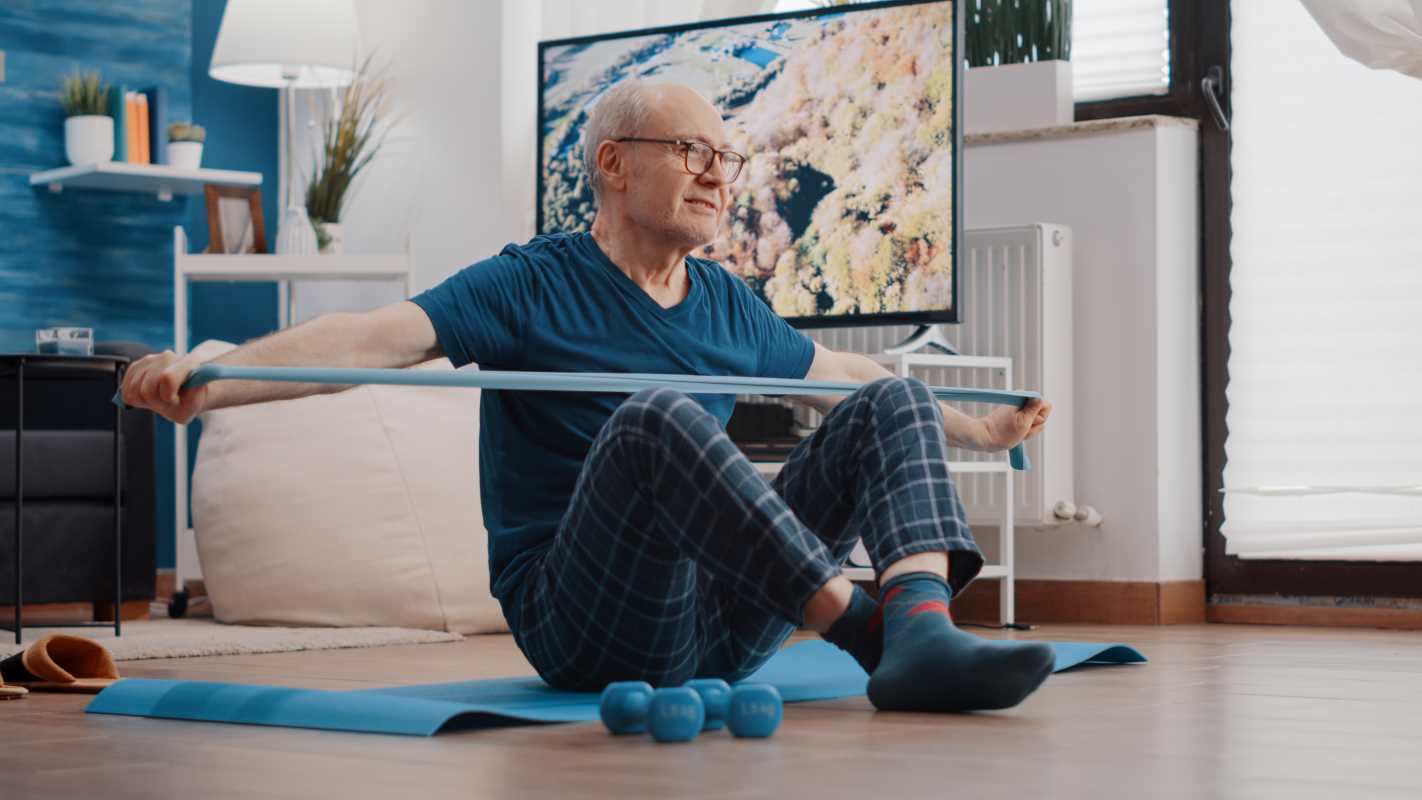 (Image via
(Image via.jpg)
